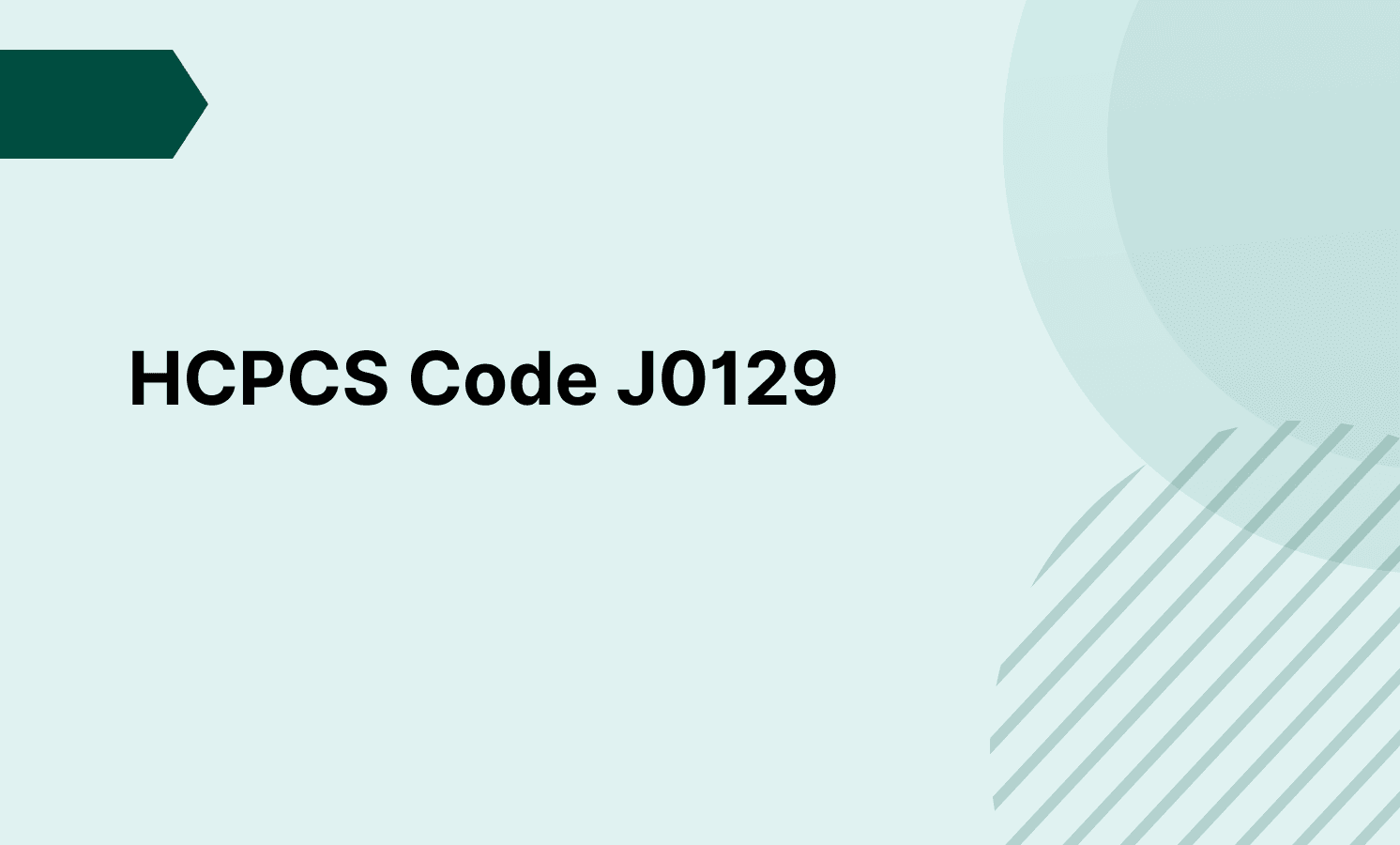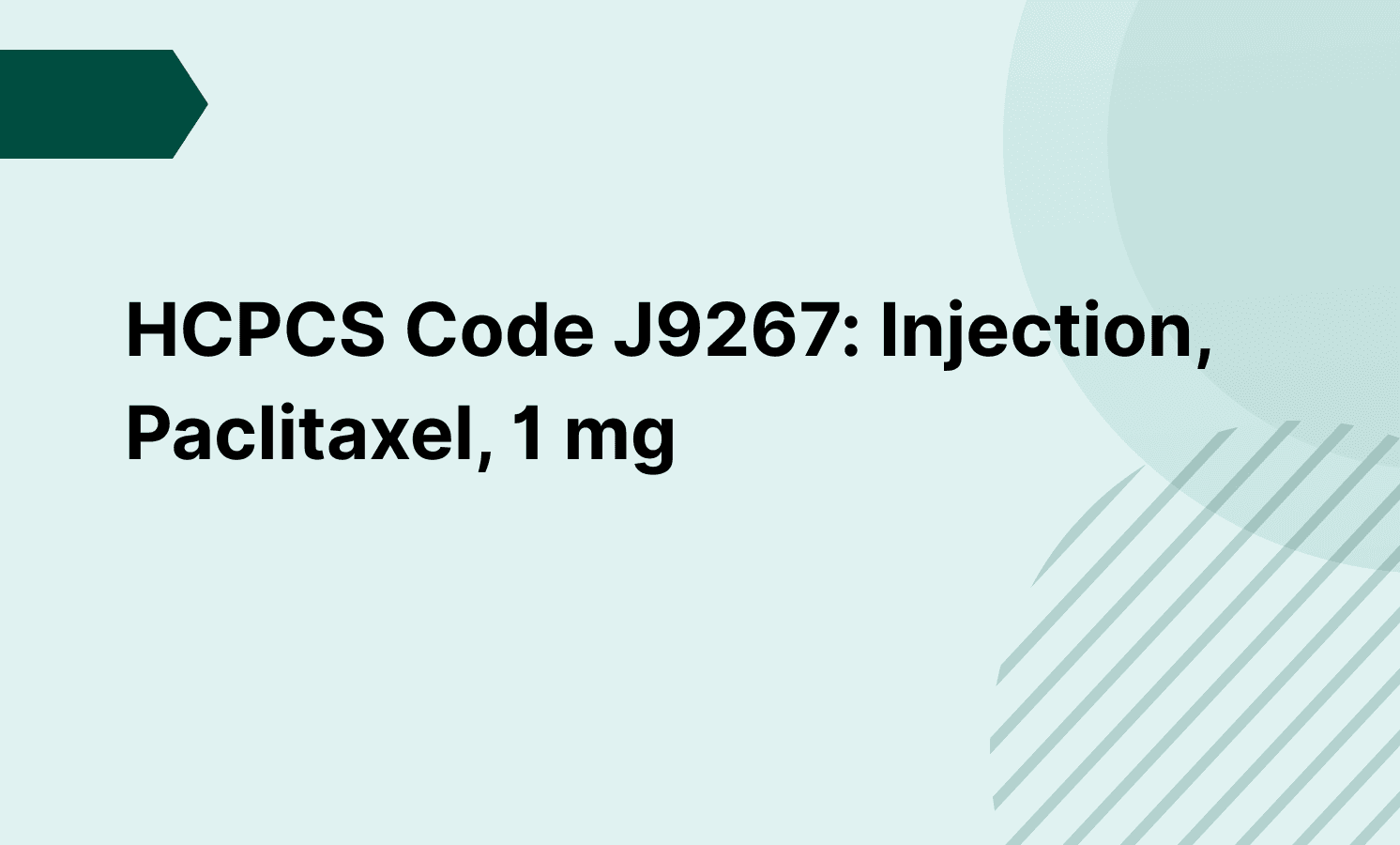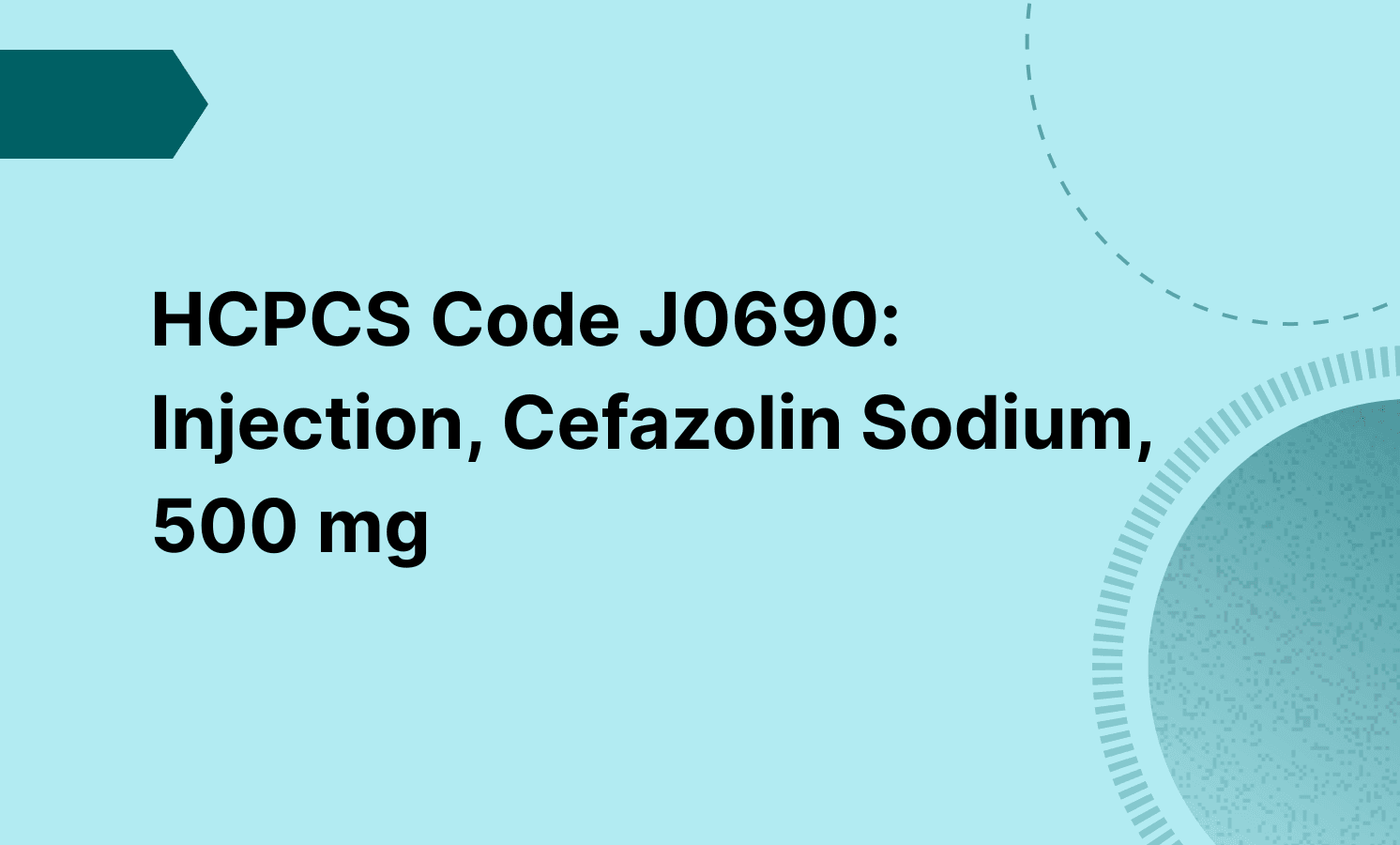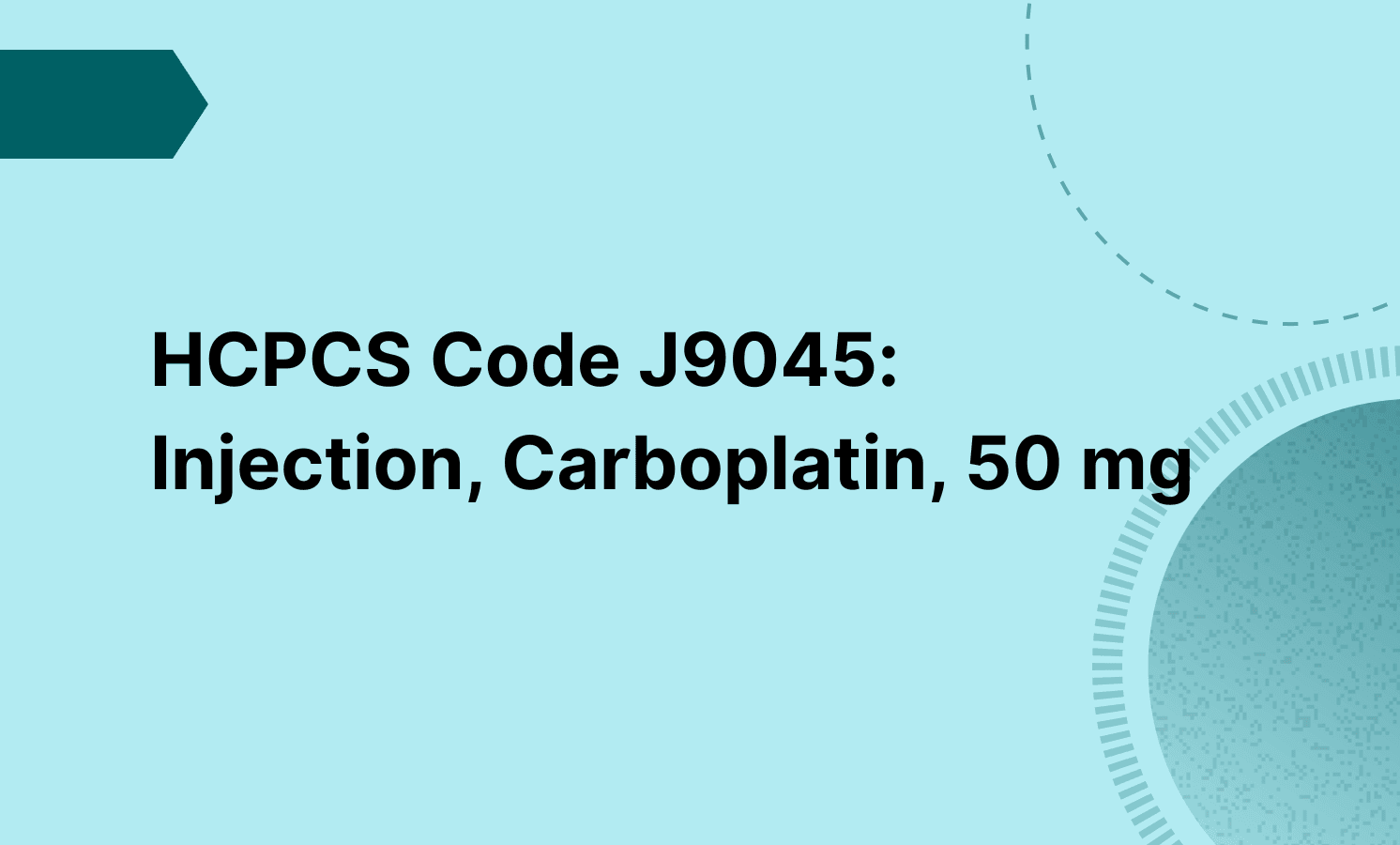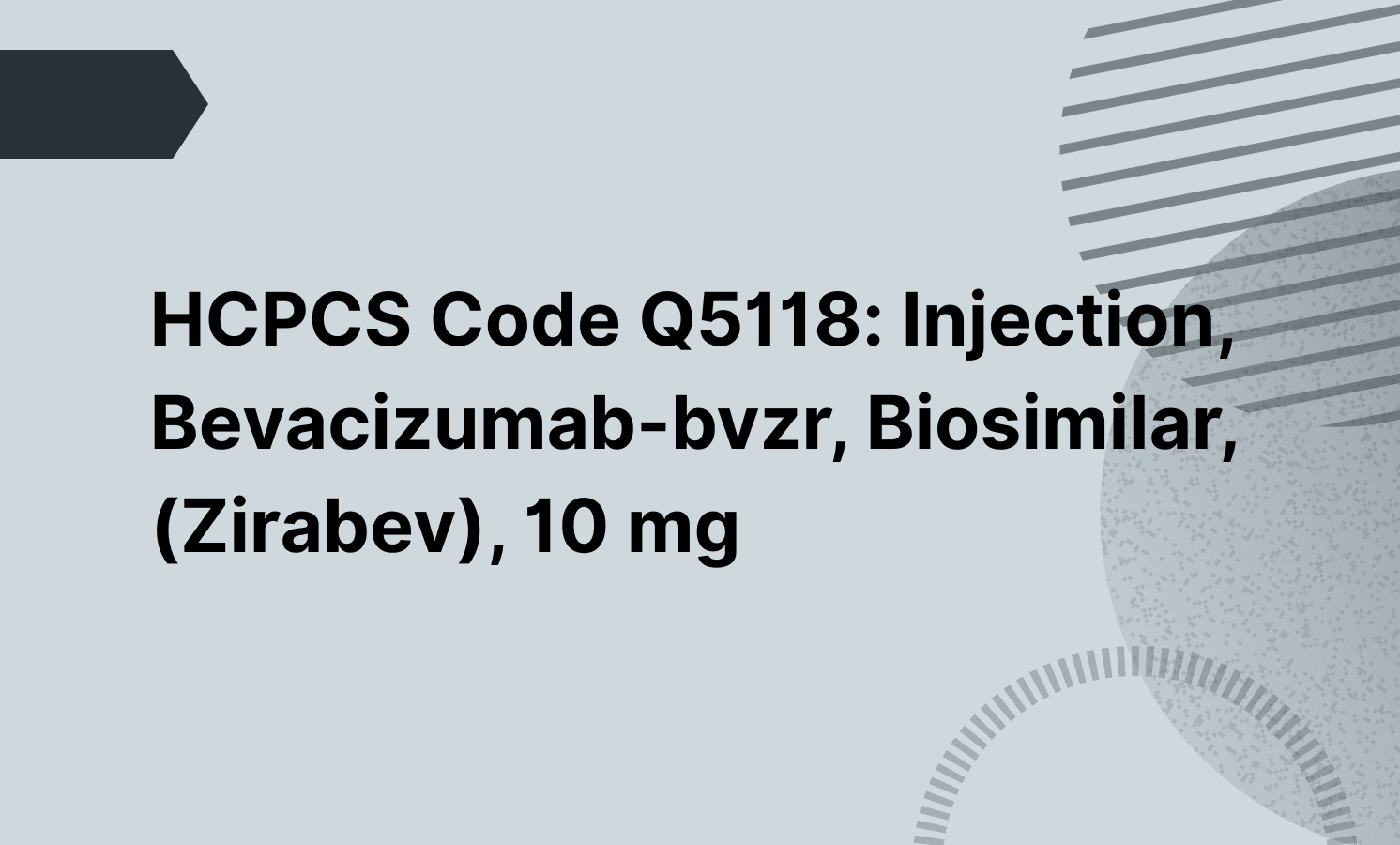No. Report once per session, regardless of the number of wounds.
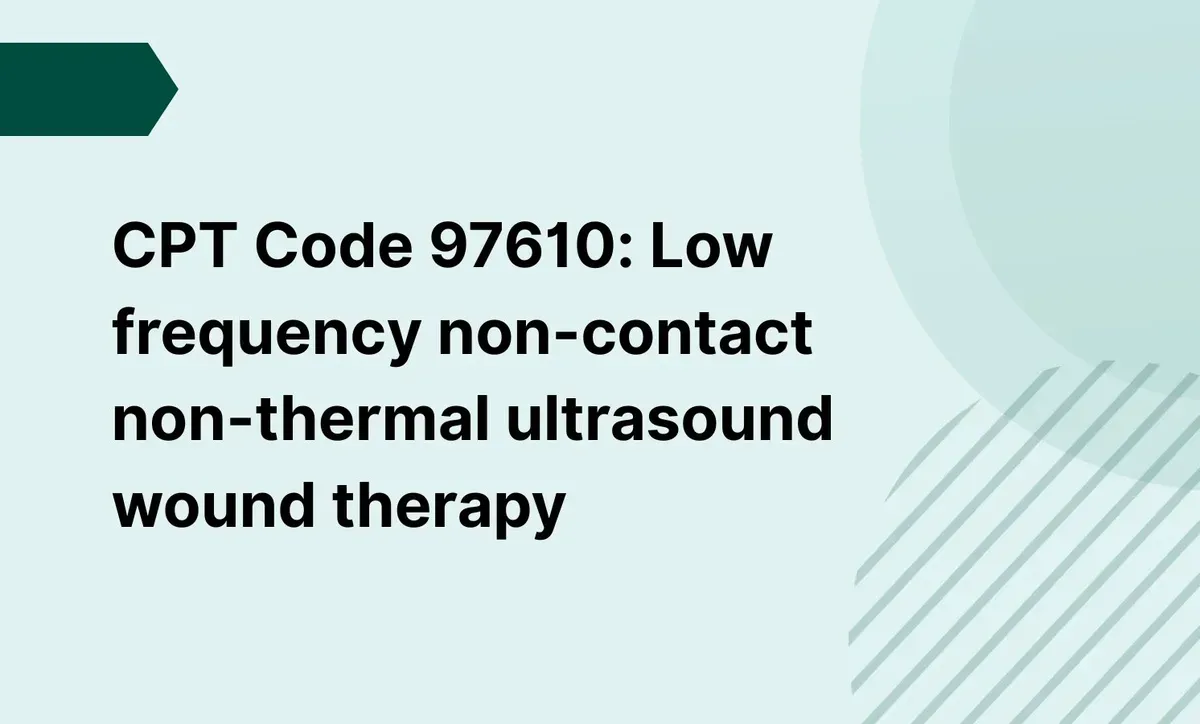
CPT Code 97610: Low frequency non-contact non-thermal ultrasound wound therapy
Learn how to use CPT 97610 for wound healing using non-contact ultrasound, with billing rules, documentation tips, and coverage essentials.
Use Code
Frequently asked questions
No. Debridement must be separately documented and coded if performed.
Coverage is limited and typically requires documentation of medical necessity and failed conservative therapy.
EHR and practice management software
Get started for free
*No credit card required
Free
$0/usd
Unlimited clients
Telehealth
1GB of storage
Client portal text
Automated billing and online payments


